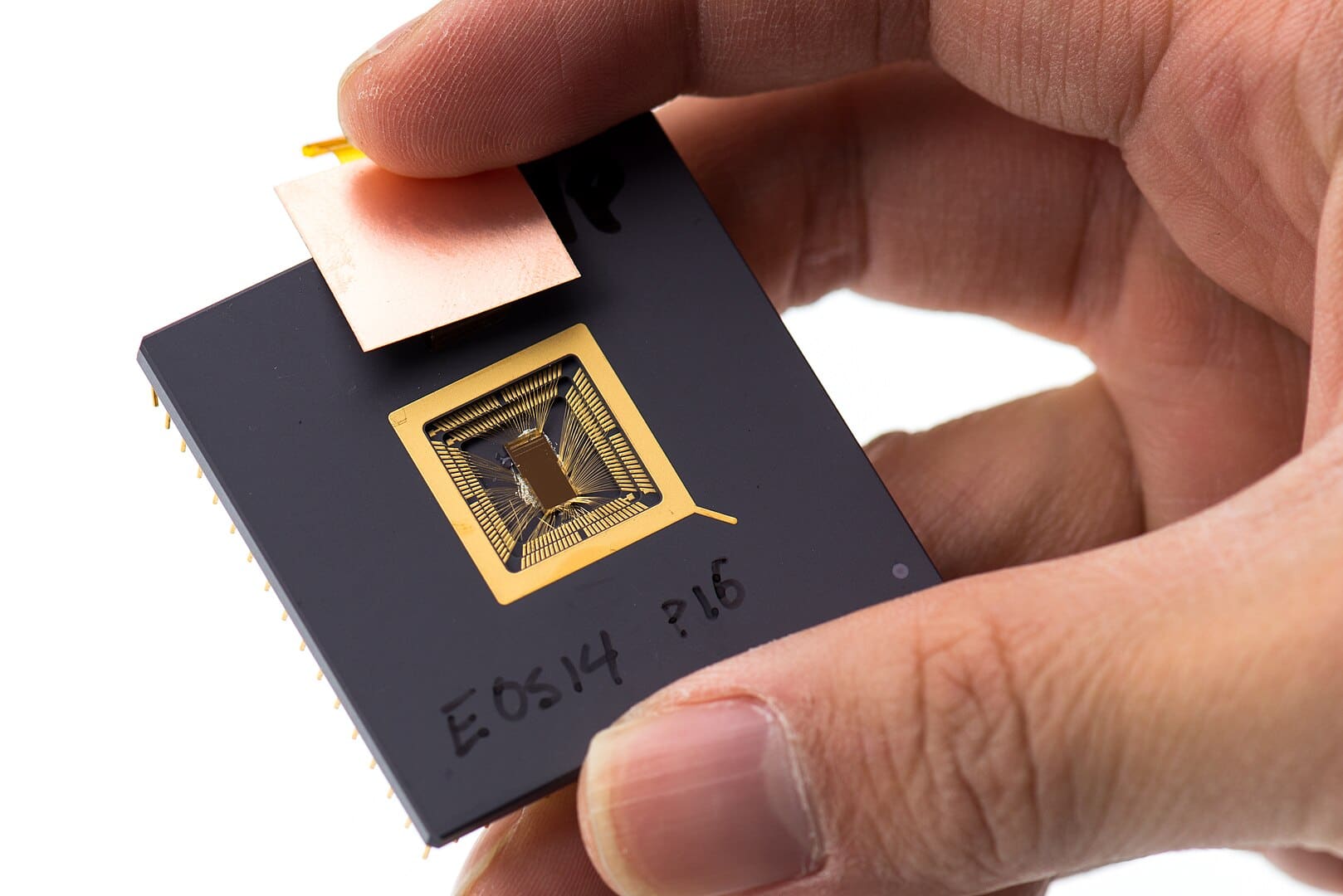In the rapidly evolving landscape of computer architecture, RISC-V has emerged as a game-changer. This open-source instruction set architecture (ISA) is gaining significant traction among tech giants, startups, and academic institutions alike. But what exactly is RISC-V, and how does it compare to established architectures like x86 and ARM? Let’s dive into the details.
What is RISC-V?
RISC-V (pronounced “risk-five”) is an open and free instruction set architecture based on the principles of Reduced Instruction Set Computing (RISC). Developed at the University of California, Berkeley, in 2010, RISC-V is designed to be simple, modular, and extensible. Unlike proprietary architectures like x86 (Intel and AMD) and ARM, RISC-V is open-source, meaning anyone can use, modify, and distribute its designs without licensing fees or restrictions.
The architecture is defined by a set of base instructions that can be extended with optional modules to suit specific applications. This modularity makes RISC-V highly adaptable, enabling its use in everything from tiny microcontrollers to powerful supercomputers.
Key Features of RISC-V
- Open-Source Freedom: RISC-V’s open nature allows companies and researchers to innovate without being locked into proprietary systems. This fosters collaboration and accelerates technological advancements.
- Modularity: The architecture’s base ISA is minimal, with optional extensions for floating-point operations, vector processing, and more. This allows designers to tailor the architecture to their specific needs.
- Simplicity: RISC-V’s clean and straightforward design reduces complexity, making it easier to implement and optimize. This simplicity also lowers development costs and time-to-market.
- Scalability: From embedded systems to high-performance computing, RISC-V can be scaled to fit a wide range of applications.
- Community-Driven: With a growing global community, RISC-V benefits from collective expertise and rapid innovation.
RISC-V vs. x86 and ARM
To understand RISC-V’s potential, it’s helpful to compare it to the dominant architectures in the market: x86 and ARM.
x86: The Legacy Powerhouse
x86, developed by Intel and later adopted by AMD, has long been the dominant architecture in personal computers and servers. Known for its complexity and high performance, x86 thrives in applications requiring raw computing power. However, its closed nature and licensing fees have made it less accessible to smaller players and innovators.
- Pros: High performance, extensive software ecosystem, and decades of optimization.
- Cons: Proprietary, complex, and power-hungry, making it less suitable for energy-efficient devices.
ARM: The Embedded Leader
ARM is the go-to architecture for mobile devices, IoT, and embedded systems. Its focus on energy efficiency and scalability has made it a favorite in the smartphone industry. ARM licenses its designs to third-party manufacturers, which has led to widespread adoption. However, licensing costs and restrictions remain a barrier for some.
- Pros: Energy-efficient, scalable, and widely supported.
- Cons: Proprietary licensing model limits customization and increases costs.
RISC-V: The Disruptor
RISC-V combines the simplicity of RISC principles with the freedom of open-source. While it’s still in the early stages of adoption compared to x86 and ARM, its potential is immense.
- Pros: Open-source, modular, scalable, and cost-effective. Its simplicity and flexibility make it ideal for innovation.
- Cons: Immature ecosystem, limited software support compared to x86 and ARM, and a smaller developer base.
Why RISC-V Matters
RISC-V’s open-source nature is its most compelling feature. In a world increasingly dominated by proprietary technologies, RISC-V offers a breath of fresh air. It empowers companies to build custom chips without relying on expensive licenses, fostering innovation in areas like AI, IoT, and edge computing.
Moreover, RISC-V’s modular design allows developers to create specialized processors optimized for specific tasks. This is particularly important in the era of heterogeneous computing, where one-size-fits-all solutions are no longer sufficient.
The Road Ahead for RISC-V
While RISC-V is still playing catch-up in terms of ecosystem maturity, its momentum is undeniable. Major players like Google, NVIDIA, and Western Digital are investing in RISC-V, and the architecture is already being used in real-world applications, from AI accelerators to IoT devices.
As the RISC-V ecosystem grows, so will its software support and developer community. This will make it a more viable alternative to x86 and ARM in a broader range of applications.
Conclusion
RISC-V represents a paradigm shift in computer architecture. Its open-source, modular, and scalable design makes it a powerful tool for innovation in a rapidly changing tech landscape. While it’s not yet ready to replace x86 or ARM in all areas, its potential is undeniable. As the ecosystem matures, RISC-V could become a cornerstone of the next generation of computing, driving advancements in AI, IoT, and beyond.
For now, the tech world is watching RISC-V closely, waiting to see if this disruptive architecture can live up to its promise and reshape the future of computing.

